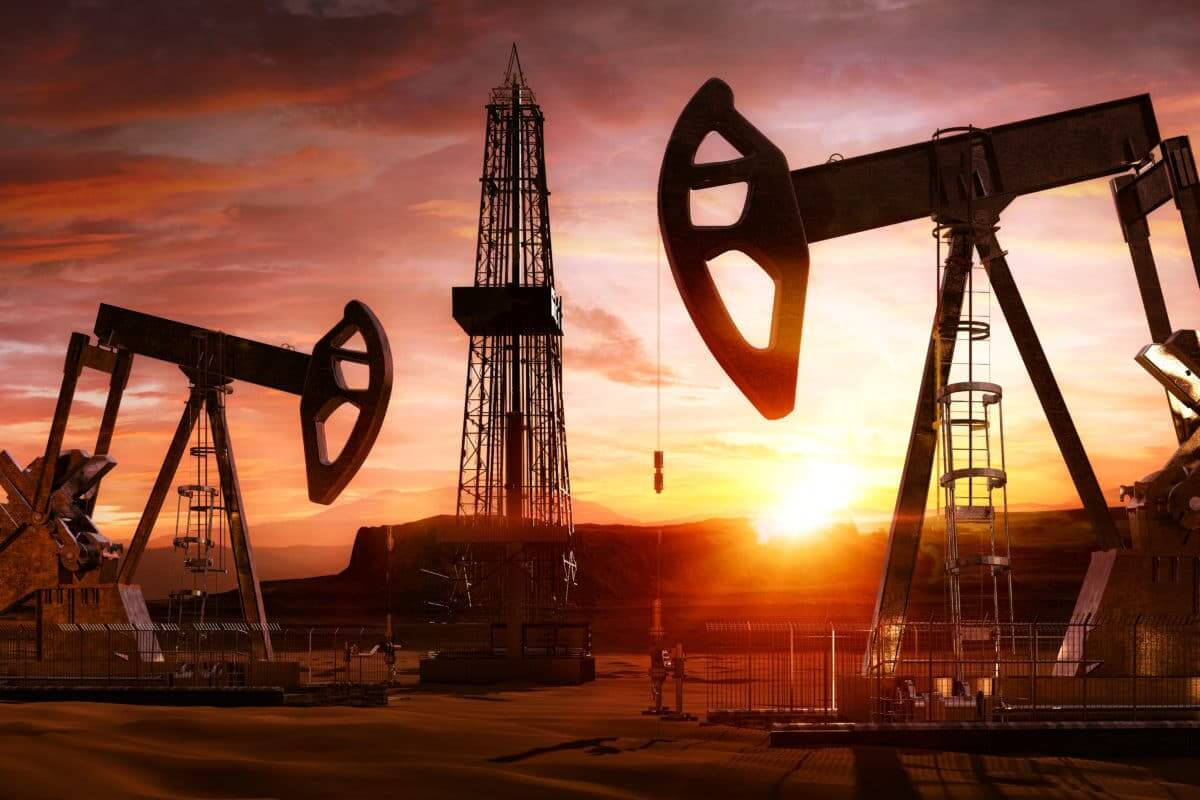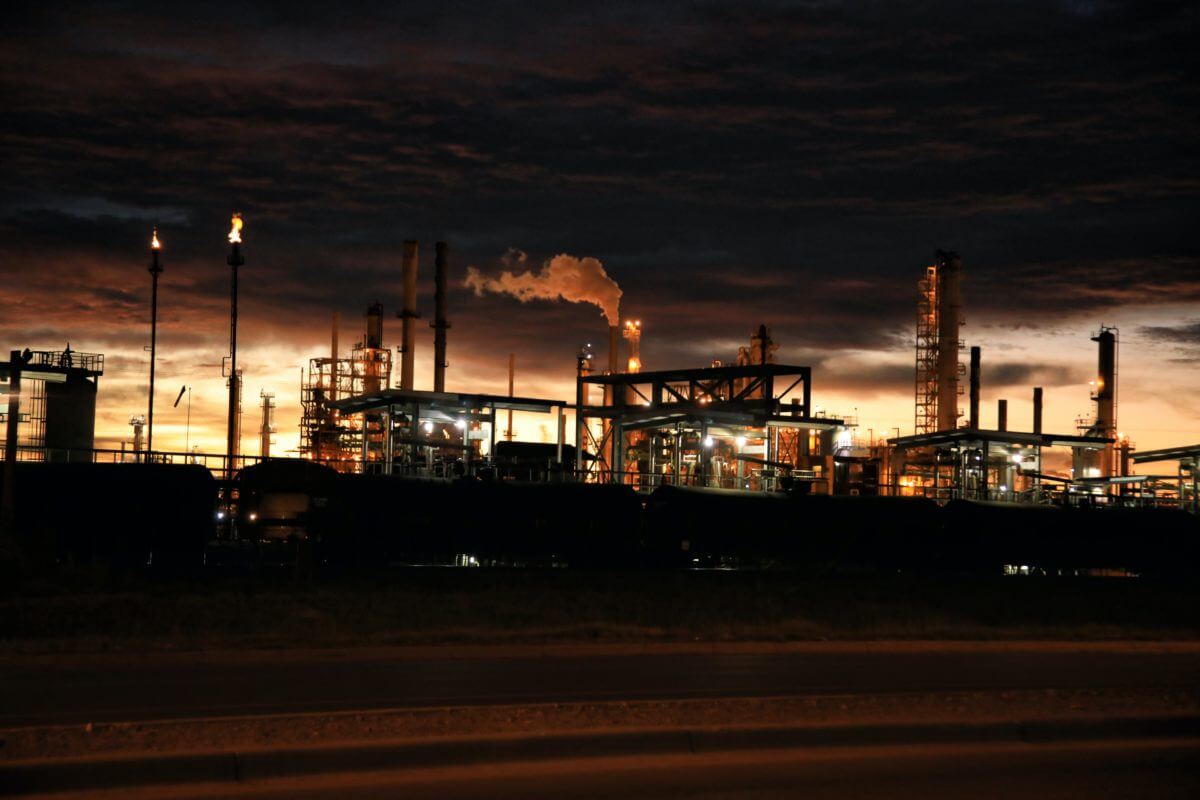
Oil Prices Fall as U.S. Inventories Rise
Industry data showed oil prices fell on fears that U.S. crude inventories rose more than expected and that a resurgence of COVID-19 cases in China, a major importer, would tighten demand for the fuel.
Brent crude prices lost 9 cents, or 0.1%, to $95.27 per barrel by 0727 GMT. Meanwhile, WTI crude futures dropped 20 cents, or 0.2%, to $88.71 per barrel. On Tuesday, the benchmarks fell by about 3%.
According to market sources quoting American Petroleum Institute estimates, crude oil stock in the United States increased by around 5.6 million barrels in the week ending November 4. The market will watch for official U.S. inventory data from the Energy Information Administration to better understand demand in the world’s largest economy.
In addition to the ongoing supply cuts by OPEC+, Russian oil supply should fall as the E.U. embargo on Russian crude and processed products takes effect.
In reaction to Russia’s invasion of Ukraine, the E.U. will prohibit Russian crude imports starting December 5 and Russian oil products by February 5. Standard Chartered analysts now predict a drop in global oil demand of more than 400,000 BPD year on year in the fourth quarter, owing to more pessimistic fundamentals. China won’t likely “turbocharge” increases in oil demand. According to Standard Chartered, “one of China’s top oil businesses” estimates that the country’s domestic consumption has declined by more than 1 million barrels per day year to date. This starkly contrasts with the Energy Information Administration’s (EIA) forecast. Based on its October report. It predicts a decline of only 32,000 barrels per day y/y for the entire year.

Oil and Gas Greenhouse Emissions Higher
New data shows that greenhouse gas emissions from oil and gas plants worldwide are almost three times higher than their producers declare.
Climate Trace, a project that measures the exact levels of carbon dioxide and other global warming gases at the source, released a new report on Wednesday that revealed that half of the world’s 50 largest emitters of greenhouse gases were oil and gas fields and production facilities.
Many people are underreporting their emissions, and there are few ways to hold them accountable. Oil and gas production can leak methane, and gas is frequently purposely flared, nominally for safety but sometimes for convenience. Methane levels in the atmosphere have been rising rapidly in recent years, despite countries’ claimed gas emissions having been determined to be significantly lower than reality.
According to Gore, oil and gas firms were the worst of all sectors for underreporting emissions. It is compatible with the oil and gas sector’s public relations and lobbying strategies. All of their efforts are buying them more time until they stop harming humanity’s future.

Cut Oil Production
The OPEC+ group may have to “rethink” its decision to cut its collective oil production target by 2 million barrels per day (BPD) beginning in November, as it fuels inflation and worsens the economic outlook for oil-importing developing countries. The OPEC+ cut raises energy security concerns globally. It might lead to higher oil prices, which could be the tipping point for a global recession, according to the IEA’s October Oil Market Report, which describes the OPEC+ cut as one of the multiplying “disruptive market factors.”
The agency also expressed skepticism that the high prices would motivate investment and supply response from non-OPEC producers, given that U.S. shale maintains discipline while dealing with supply-chain difficulties and cost inflation.




